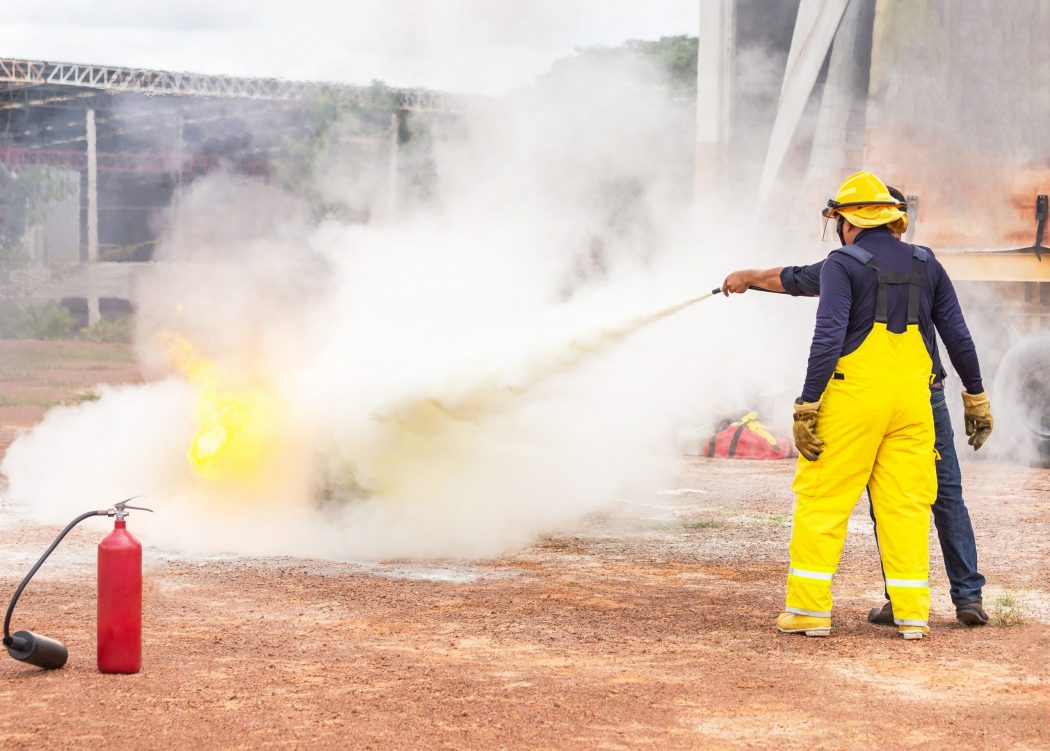PUAFER008
Practical training in confining small emergencies in facilities using first attack fire fighting equipment
This unit covers the competency required to Confine small emergencies in a facility. Small facility emergencies may include such incidents as a fire that can be controlled using a nearby fire extinguisher; or a chemical spill that can be controlled with adequate spill kit training. PUAFER008 Confine small emergencies in a facility is an mandatory course requirement for certain industries such as mining, gas or aviation.
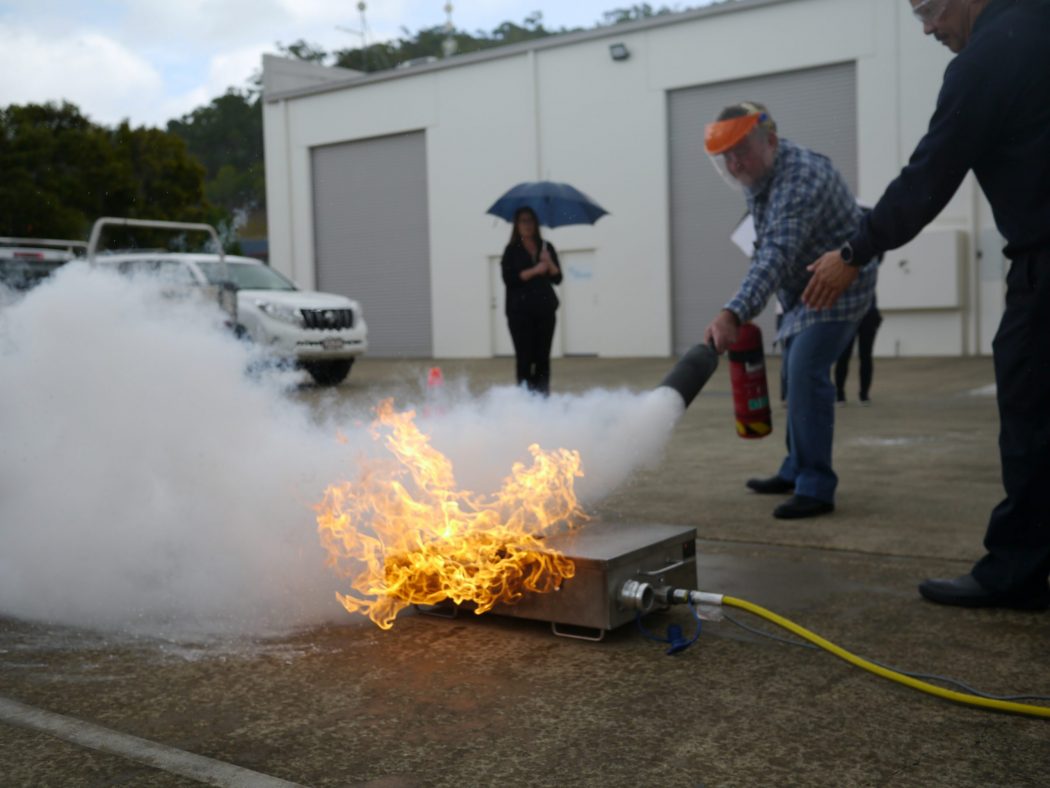
Course Details & Enrolment
Enrol for your
PUAFER008 accreditation
Why book this Course with us?
Australian Fire Protection Fire Safety Advisers actively deliver this course for various organisations through out Australia. We have an in-depth understanding of this course, but most importantly the practical skills and know how required to train occupants to respond correctly when confining small emergencies at their facilities.
Accreditation
This course is delivered by Australian Fire Protection Pty Ltd RTO 45740. Upon successful completion of this course participants will receive a nationally recognised Statement of Attainment in the following competencies:-
> PUAFER008 - Confine small emergencies in a facility
If you require both Warden & Fire Extinguisher training, then select the following course PUAFER005 & PUAFER008 - Operate As Part of An Emergency Control Organisation & Confine small emergencies in a facility
Location
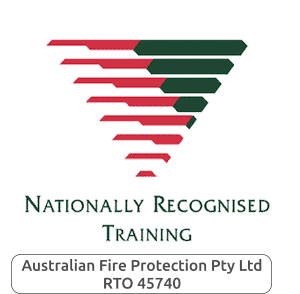
These course are held primarily at our training facility or we can attend your facility if minimum numbers are met. For flexibility in meeting student requirements, this course is delivered at our facility or by webinar utilizing Zoom Software
- Gold Coast - Unit 7/55-57 Township Drive, West Burleigh QLD 4219
- Brisbane - Unit 5/121 Kerry Rd, Archerfield QLD 4108
More more information, speak to an AFP team member or Click Course details for more information
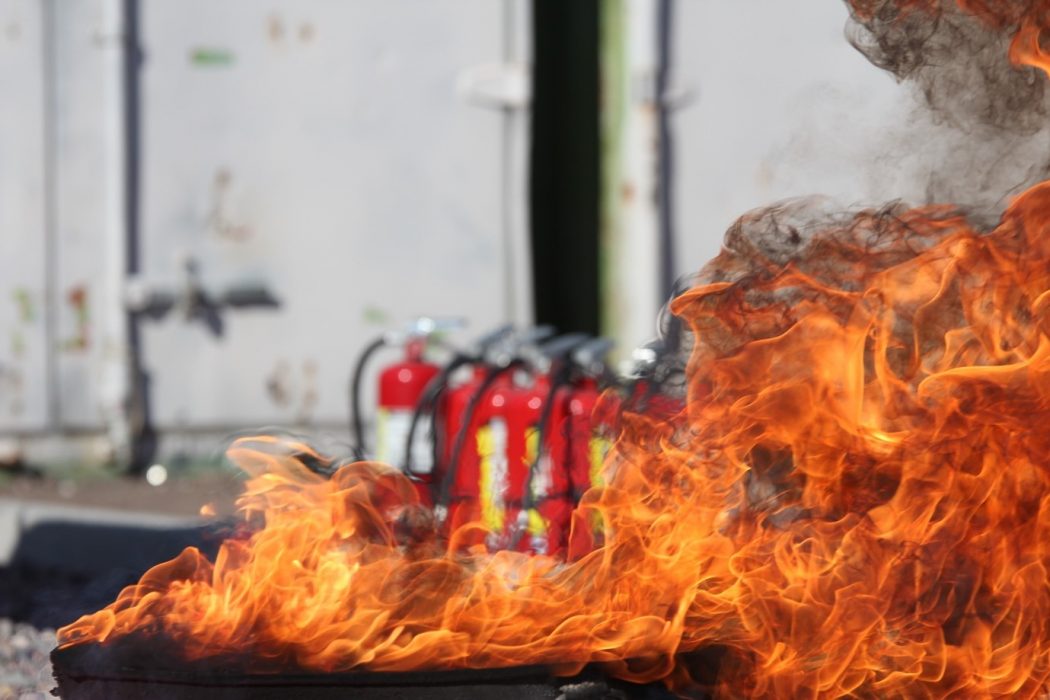
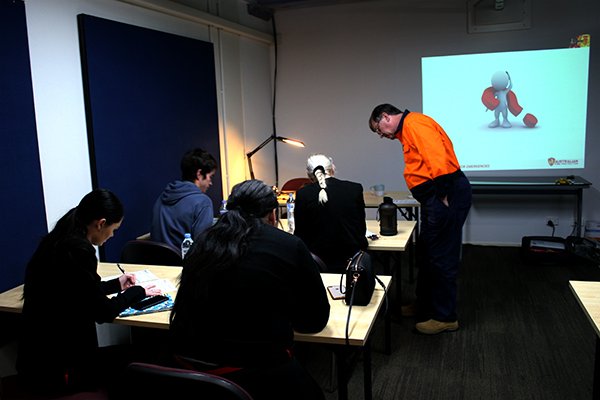
Contact us for pricing
Course Overview
ARE YOU LOOKING FOR GROUP TRAINING PACKAGES?
Would you like a custom training package for your organisation? We can do that.
CUSTOM PACKAGES
Need a custom training package for your organistation? Speak to one of our Fire Safety Advisers on 1300 80 3473 for a customised solution to meet your needs.
INDUSTRY APPROVED
With over 30 years in the industry we use our decades-long experience to provide training courses that are simple, practical, and cost-effective
INDUSTRY APPROVED
With over 30 years in the industry we use our decades-long experience to provide training courses that are simple, practical, and cost-effective

